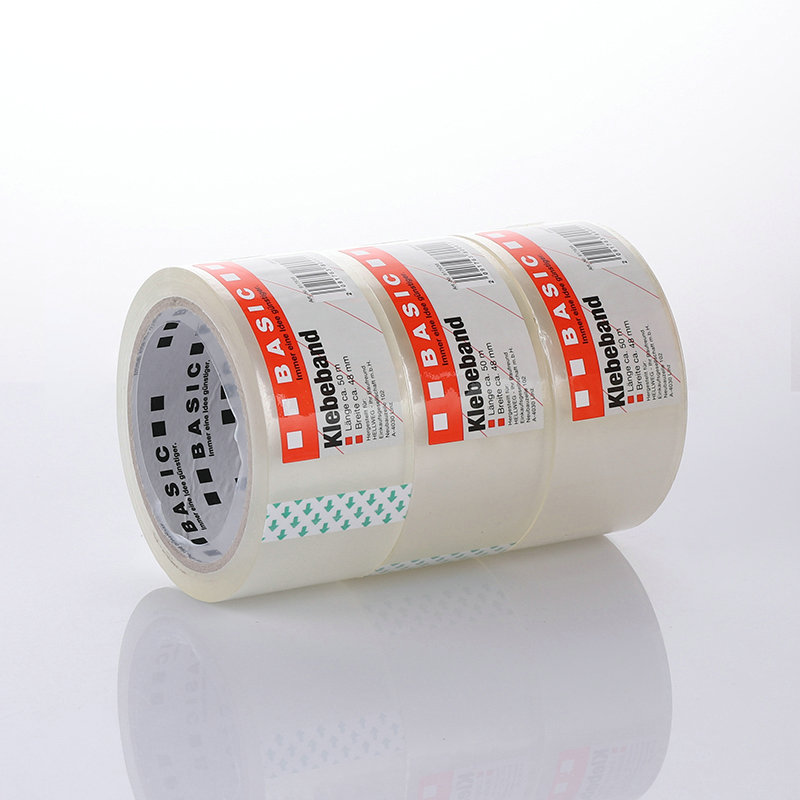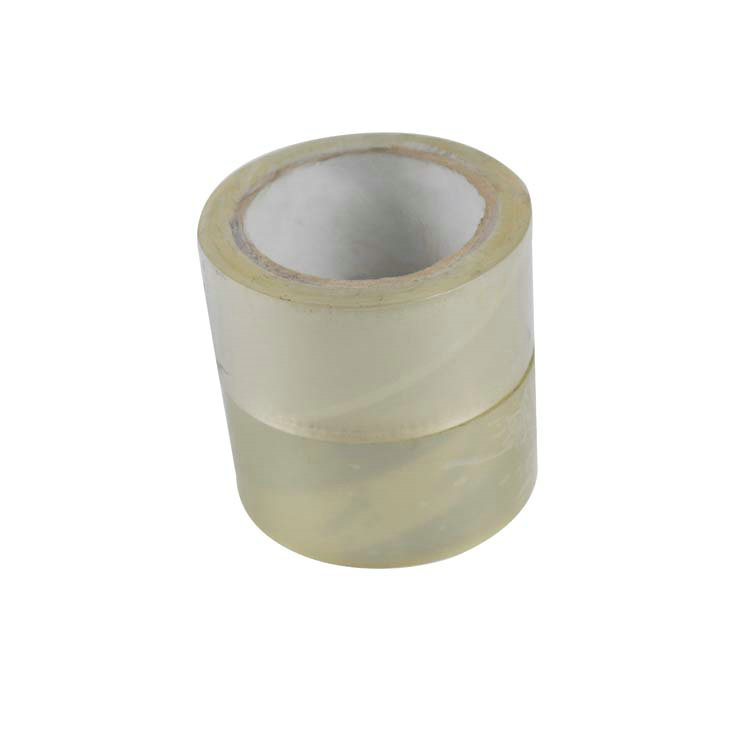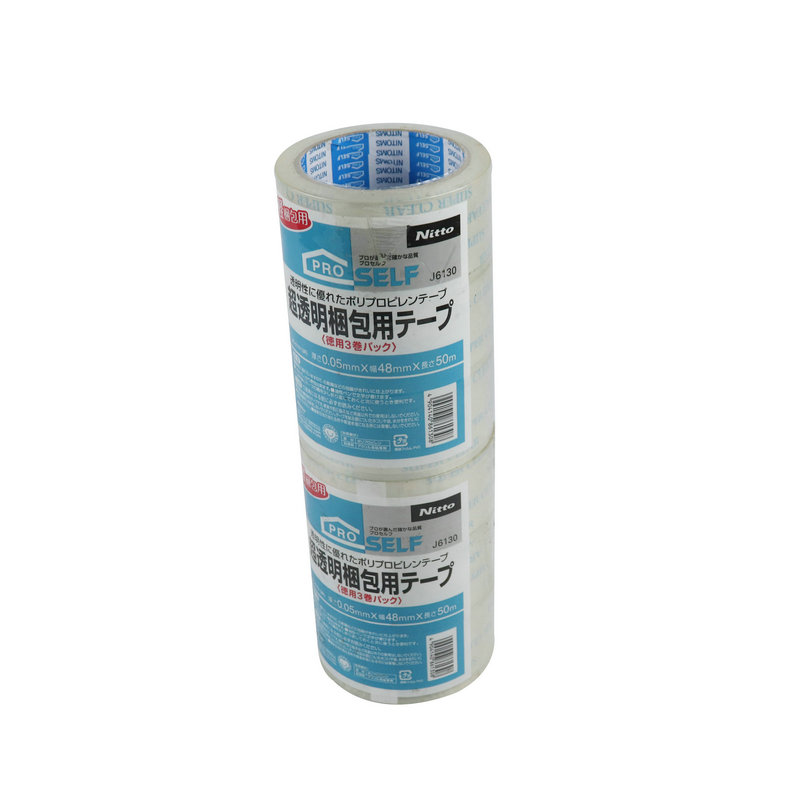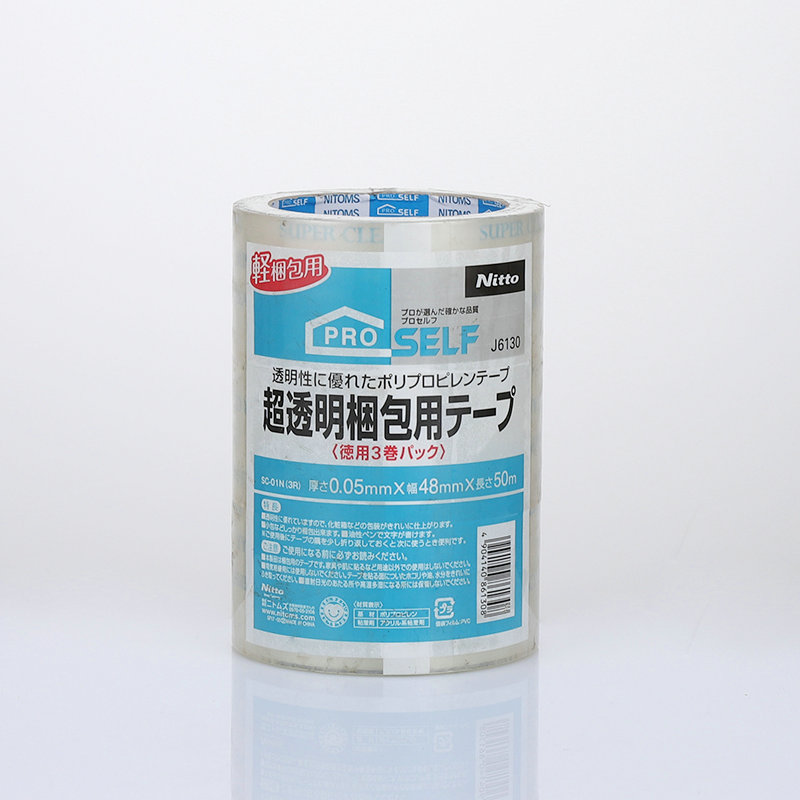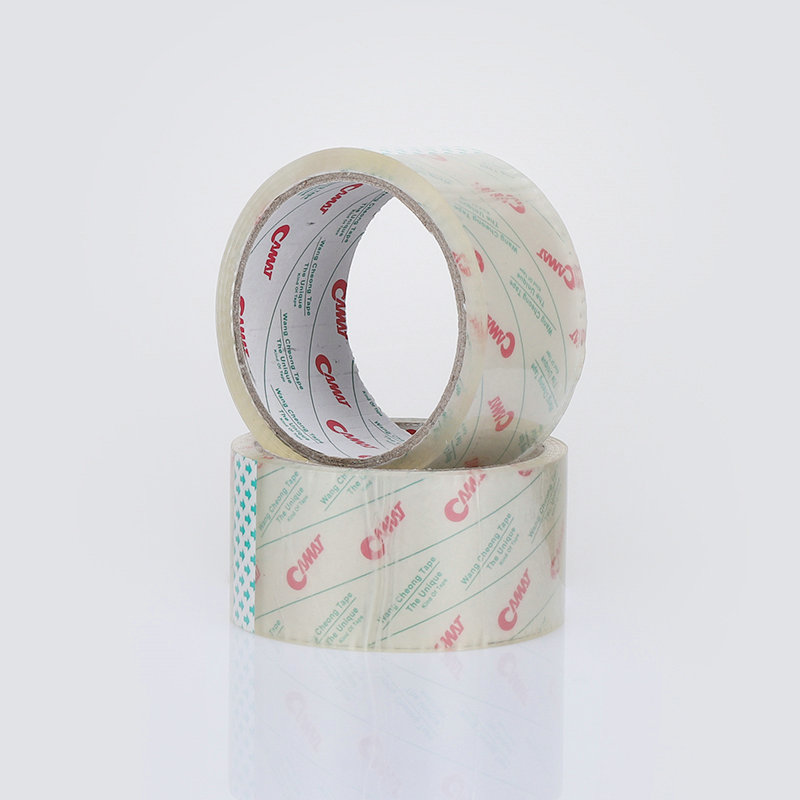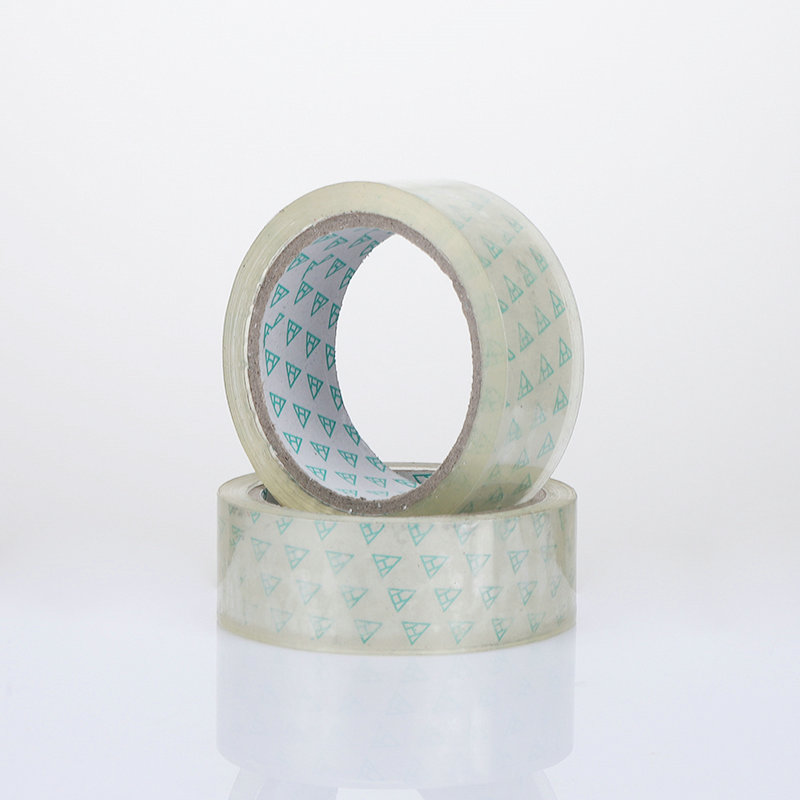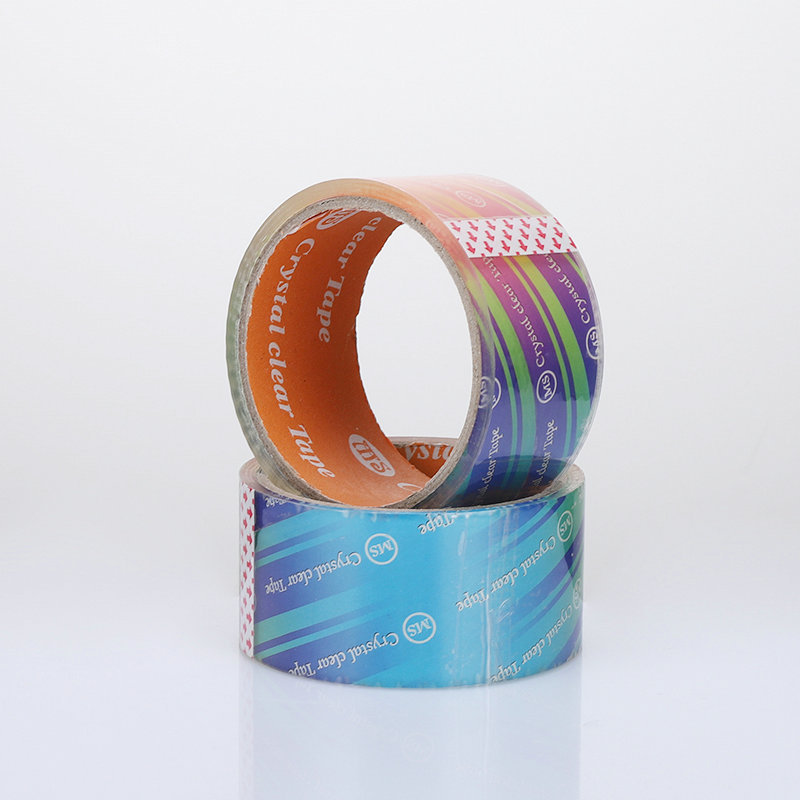specializing in the production of stretch film, adhesive tape, packing tape, etc
One, look at anti-scratch
1. Whether the protective film is scratch-resistant and scratch-resistant is the most concerned issue. At present, the scratch-resistant materials on the market are basically the same (2-3H) and have good performance. There are only scratch-resistant and non-scratch-resistant points. The test method is to use a pencil with a hardness of 3H and push it on the pe protective film with a force of 500G at a 45 degree angle for 10 times. If there is no scratch, it is considered to reach the 3H hardness requirement.
2. There is also a simple method, which is to use a slightly hard metal device or newly cut nails to scratch the surface of the pe protective film with the strength of a normal stylus. The simple method is to use a slightly hard metal device or new cut The nails are scratched on the surface of the material with the strength of a normal stylus. If it is very easy to scratch, it is deemed not to be scratch-resistant, and if it is not scratched, it can be determined that it has a scratch-resistant function.
Second, look at static electricity
Since the liquid crystal display is a sensitive device that is afraid of static electricity, the smaller the static electricity is, the better when attaching the protective film. The test method is to prepare the protective film (three-layer material or two-layer material) to be tested, smoke a cigarette and knock the soot on the desktop. Or get some small pieces of paper on the desktop, then tear off the top layer of the protective film (this step is for the 3 layers), then tear off the protective film with the silicone layer, and tear off the protective film Immediately move the use layer (silica gel surface) close to soot or paper scraps to see if the protective film will absorb these things on the silica gel layer of the protective film, and whether the degree of adsorption is strong. The stronger it is, the higher the static electricity generated by the material, the worse the material, and vice versa.
Third, look at the transparency
This is difficult to recognize with the naked eye. It is best to use an optical instrument to measure. There is also a simpler method, which is to cut a small piece of each type of protective film and place it in the middle of the computer desktop, and then paste it on the computer. Create a new blank WORD document, and check the whiteness of the blank WORD file in the area with and without the film on the computer or the blank WORD file in the different film area (professional point of view is called brightness). Comparing separately, you can select the brightest material whose permeability is the best protective film.
Fourth, look at the haze
1. How do you see the haze of the PE protective film? First, look at the display when the monitor is turned off. The method is the same as the above. After the various protective films are pasted in sequence, the more the background color of the screen, the smaller the haze, and the greater the haze. The smaller the material, the better, and the black test board will make it easier to see the difference in this method.
2. Another method is to turn on a fluorescent lamp in a slightly darkened room, tear off the protective film from the upper and lower release films, and hold it with your hands between the eyes and the light. Look carefully to see if there is a layer of fog. Evenly distributed in the protective film, that is the culprit that affects the haze. The more serious the haze, the greater the haze and the worse the material. Otherwise, the better; (note that the haze will affect the permeability , But it is a different concept from transmittance!)

 英语
英语 日语
日语 西班牙语
西班牙语 阿拉伯语
阿拉伯语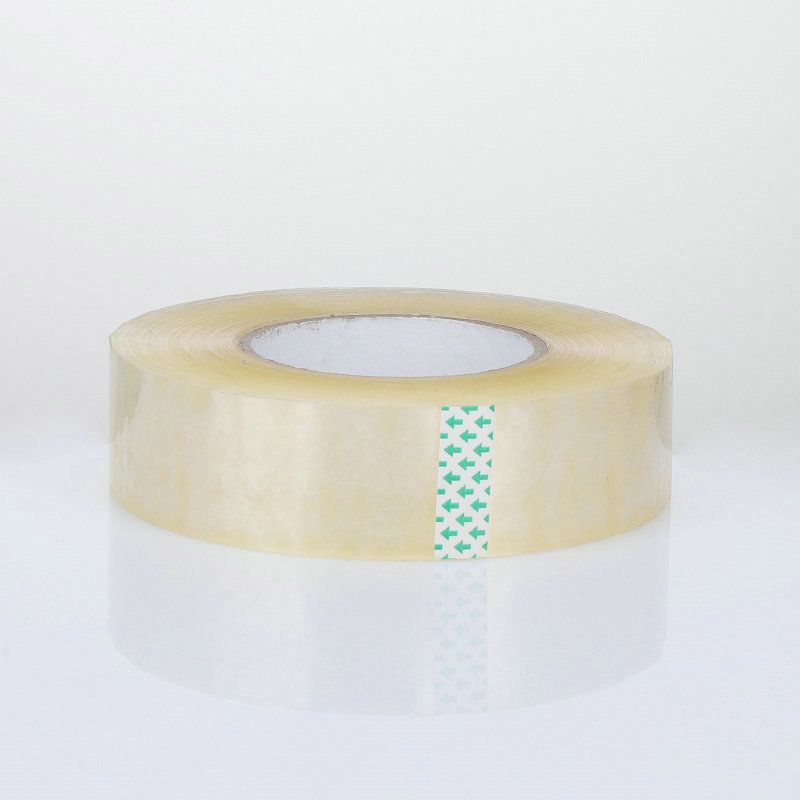
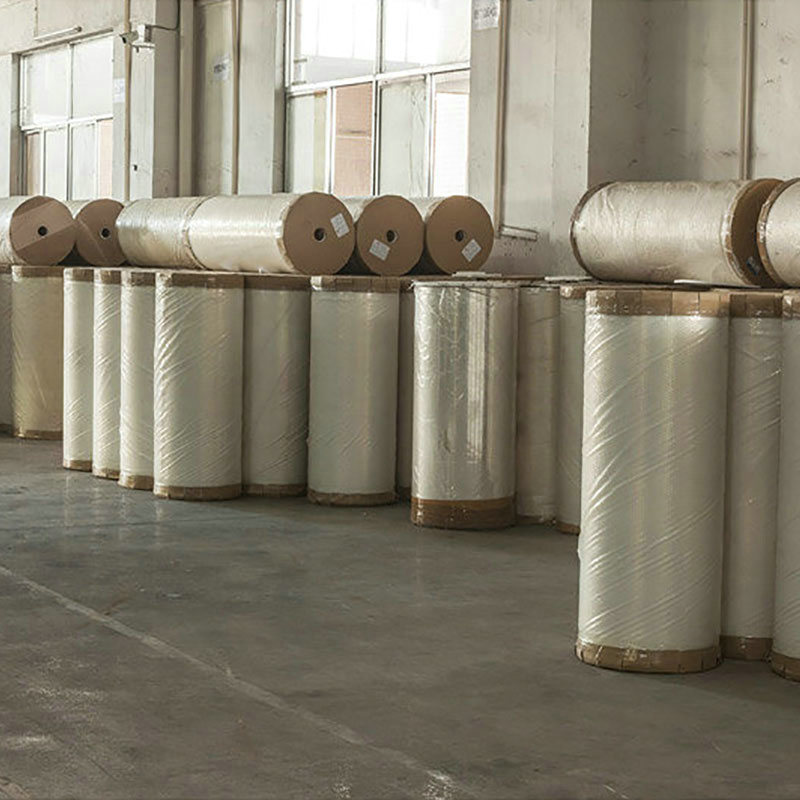
.jpg)
